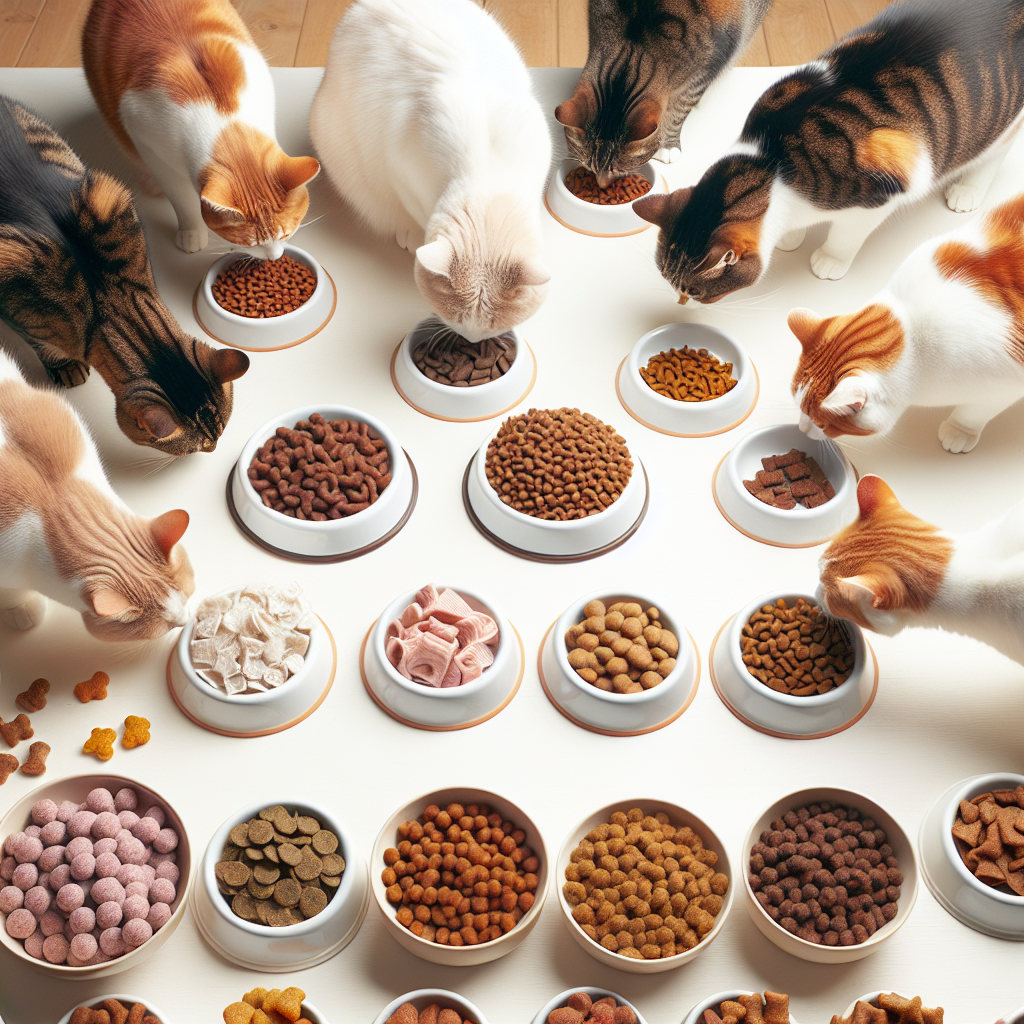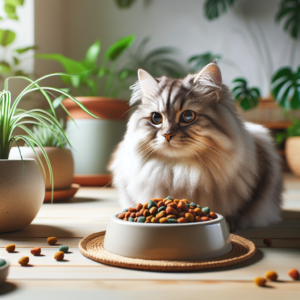
Cats are known for their independent and sometimes finicky nature, particularly when it comes to food. Feeding a picky cat can be a challenging endeavor for any pet owner. While some cats will happily devour anything put in front of them, others may turn their noses up at even the most delectable meals. This article explores effective strategies to entice even the most selective feline diners, ensuring they receive the nutrition they need to thrive.
Understanding Your Cat’s Dietary Needs
Before addressing how to feed a picky cat, it is crucial to understand a cat’s basic nutritional needs. Cats are obligate carnivores, which means their diet must be primarily composed of meat. They require specific nutrients found in animal tissues, such as taurine, arachidonic acid, and vitamin A and D, which they cannot effectively derive from plant-based sources.
Moreover, cats have a low thirst drive and often do not drink enough water to stay hydrated. Therefore, moisture-rich diets such as wet food or a combination of wet and dry food can be beneficial. Understanding these needs will help in selecting the right food that not only appeals to your cat’s palate but also supports its overall health.
Identifying the Cause of Picky Eating
The first step in addressing picky eating is to determine whether it is due to a health issue or simply a matter of preference. Sudden changes in eating habits can indicate underlying medical problems such as dental disease, gastrointestinal issues, or other illnesses. If your cat has abruptly become a picky eater, a visit to the veterinarian is advisable.
If health issues are ruled out, the pickiness may stem from food texture, flavor, or even environmental factors. Cats have individual preferences, much like humans, and understanding these can guide you in providing suitable food options.
Effective Strategies for Feeding Picky Cats
Experiment with Textures and Flavors
Cats can be particular about the texture and flavor of their food. Some may prefer the crunchiness of dry kibble, while others favor the soft, moist consistency of wet food. Offering a variety of textures can help identify your cat’s preferences. Additionally, experimenting with different flavors and protein sources, such as chicken, fish, or turkey, can make meals more appealing.
Gradual Transition
If you are introducing a new type of food, do so gradually over a week or more. Mix a small amount of the new food with your cat’s current diet, slowly increasing the proportion of the new food while decreasing the old. This gradual transition can help prevent digestive upset and give your cat time to adjust to the new taste and texture.
Warm Up the Food
Cats have a keen sense of smell, which plays a significant role in their appetite. Warming up wet food can enhance its aroma, making it more enticing. Simply microwave the food for a few seconds or add a little warm water to dry kibble. Ensure the food is not too hot before serving it to your cat.
Establish a Routine
Cats are creatures of habit and often thrive on routine. Establishing a consistent feeding schedule can help regulate their appetite. Feed your cat at the same times each day, and avoid free-feeding, which can lead to overeating or disinterest in meals.
Limit Treats and Table Scraps
Frequent treats or table scraps can spoil a cat’s appetite for regular meals. While treats can be an excellent tool for training or rewarding good behavior, they should not constitute a significant portion of your cat’s diet. Limit treats to no more than 10% of your cat’s daily caloric intake.
Consider Puzzle Feeders
Puzzle feeders and interactive toys can make mealtime more engaging for cats. These tools stimulate a cat’s natural hunting instincts and can turn feeding into a fun activity. Puzzle feeders also help slow down fast eaters and encourage more deliberate eating.
Try Commercially Available Solutions
There are commercially available solutions formulated specifically for picky eaters. These products often contain enticing flavors and aromas designed to appeal to selective cats. Consult with your veterinarian for recommendations on high-quality brands that meet your cat’s nutritional needs.
When to Seek Veterinary Advice
If your cat continues to refuse food despite trying various strategies, it is essential to seek veterinary advice. Persistent anorexia can lead to serious health issues, such as hepatic lipidosis, a potentially life-threatening liver condition. A veterinarian can assess your cat’s health and may recommend dietary supplements or appetite stimulants if necessary.
Conclusion
Feeding a picky cat requires patience, creativity, and sometimes a bit of trial and error. By understanding your cat’s nutritional needs and preferences, experimenting with different strategies, and maintaining a consistent routine, you can help ensure your feline friend is both happy and healthy. Remember, if you encounter persistent feeding issues, consulting with a veterinarian is always the best course of action to ensure your cat’s well-being.
#ChatGPT assisted in the creation of this article.







